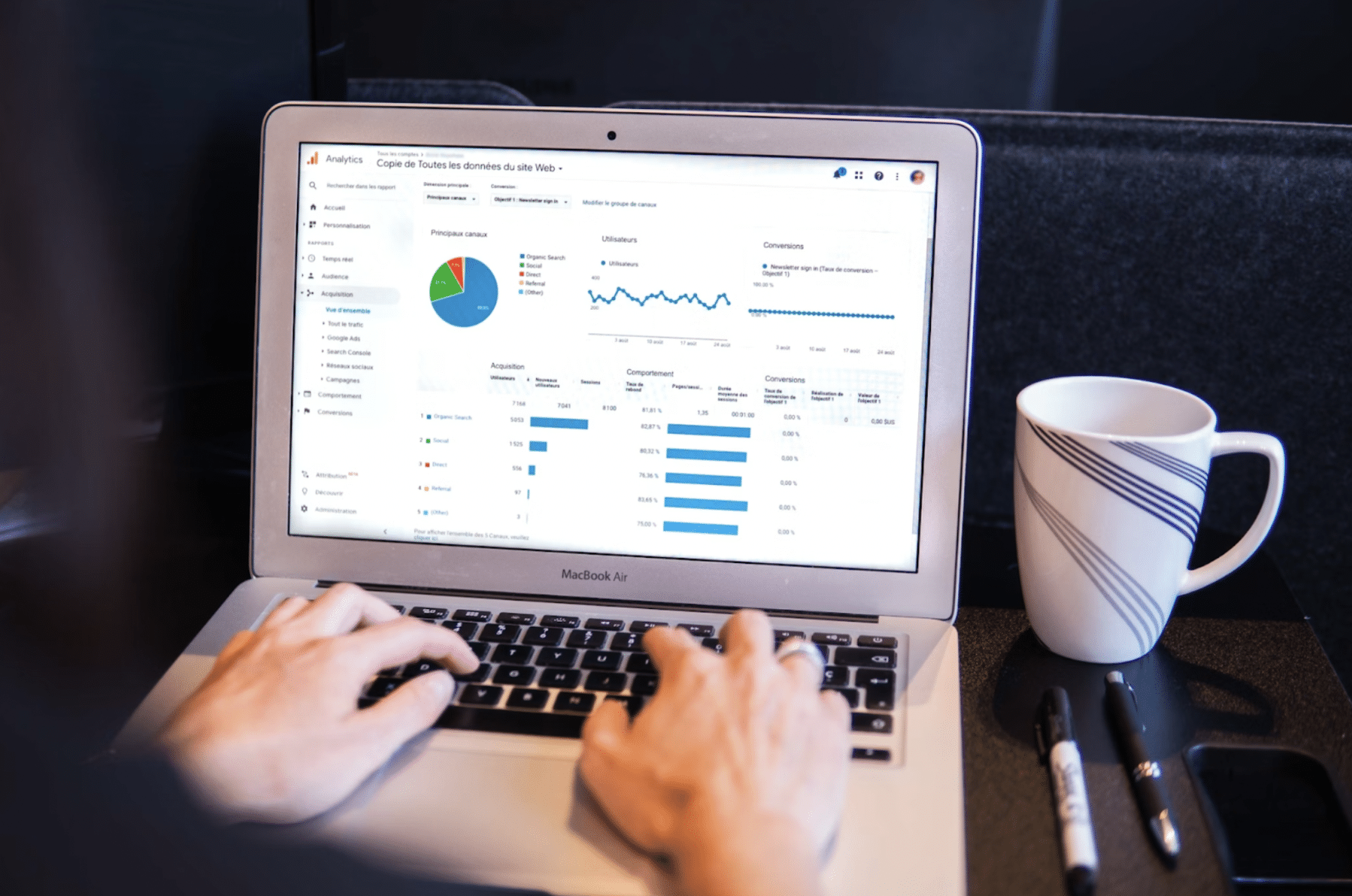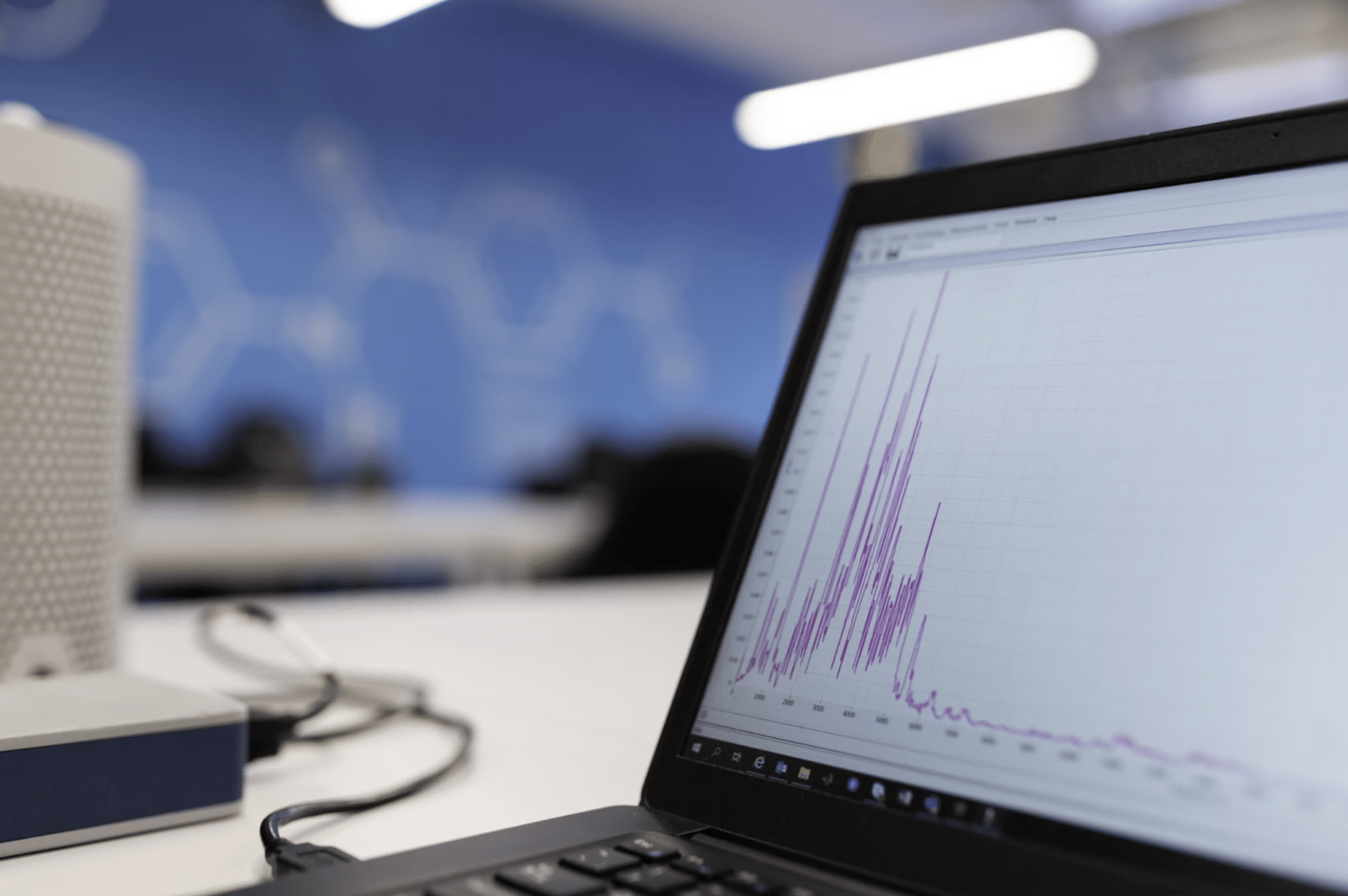Demand planning can make or break your E-commerce business. Get it right, and your business can handle busy seasons and surprise spikes. Get it wrong, and you’re left juggling stock outs or overstocks and frustrated customers.
But don’t worry – E-commerce forecasting is simpler than you might expect. This article will walk you through the essentials.
What is E-commerce forecasting?

E-commerce forecasting is when you predict your future sales and inventory needs based on past data, also known as historical data. This primarily helps you anticipate how much stock you’ll need. But it can also give you clues on when to increase your marketing efforts, as well as how to manage your cash flow.
E-commerce forecasting is sometimes known as demand planning, but differs from the demand generation definition. While forecasting and demand planning involve predicting future customer demand, demand generation focuses on creating and increasing customer interest and awareness of your offerings.
Why you can’t afford to skip demand forecasting
Here’s what you’re missing out on if you skip E-commerce forecasting:
1. Avoid stockouts and overstocks
Inventory management is a delicate balance. Order too much, and you’re left with excess inventory that ties up cash and could become unsellable – whether it’s out-of-date products or out-of-style clothes. Order too little, and you risk running out of stock and disappointing customers.
Proper forecasting helps you find that sweet spot where you have just enough inventory to meet demand without overspending. For example, if your historical data shows that a particular product sells more during the holiday season, you can plan your inventory levels in line with this.
2. Better financial planning
Predicting revenue trends also means you can budget more accurately. Whether you’re planning a major product launch or simply looking to optimize your operations, accurate forecasts provide data that will help you make financial decisions.
For example, if your forecasting data shows a dip in sales during the summer months, you can plan to allocate less resources during that period. On the flip side, if a spike is expected during a back-to-school season, you might decide to up your marketing efforts or introduce new product lines so you can make the most of this period.
3. Improved customer satisfaction
One of the quickest ways to lose customers is failing to meet their expectations. Especially when it comes to product availability. Accurate demand forecasting makes sure that the products your customers want are always in stock.
Imagine a scenario where a customer eagerly awaits a new product launch, only to find it sold out within hours. While this might seem like a good problem to have, it can lead to frustration and bad reviews. Instead, prove yourself to be an online retailer who always has the products your customers want in stock.
The basics of E-commerce forecasting

Now that you know why forecasting is so essential, it’s time you understand how to do it. Here are the key components:
- Historical data: Your past sales data is your best friend. Look at sales trends from previous years and systematically record seasonal peaks and troughs as well as any anomalies.
- Market trends: You should also stay on top of industry trends. Is there a new product or style that’s taking off? Are there economic factors that could affect consumer spending? This information should feed into your forecasts.
- Customer behavior: Analyze how your customers are shopping too. Are they buying more during certain times of the year? Do they respond well to promotions? The more you understand their behavior, the more accurate your forecasts will be.
- Promotions and marketing plans: Plan to run a big sale? Make sure to factor in how much extra demand it might generate. This ensures you’re prepared with enough inventory.
Types of E-commerce forecasting models

Forecasting isn’t a one-size-fits-all approach. Here are a few methods you might use:
Qualitative forecasting
Qualitative forecasting is more subjective rather than relying on hard data. This approach is useful in situations where historical data is sparse or if you’re launching new products. It can also come in handy if you plan to expand globally.
Qualitative data may come from these sources:
- Expert opinions: Sometimes, the best insights come from those who know the industry inside and out. This could include input from your sales and marketing teams or even external consultants.
- Market research: You also need to know your market. Surveys and focus groups are great for this as they can provide a clear understanding of potential demand.
Qualitative forecasting is ideal for startups as well as businesses entering new markets. It can also help out when there’s been a significant change in the market that your historical data doesn’t quite capture.
Quantitative forecasting
Quantitative forecasting takes a more scientific approach. It relies on statistical analysis and historical data to predict future trends. This method is particularly effective for established businesses with access to plenty of past data. It’s also generally more accurate than qualitative approaches.
Some methods for quantitative forecasting include:
- Time series analysis: This involves examining data points collected over a specific period. You can then use this data to identify trends and cyclical patterns. These are essential for making informed predictions about future sales and demand.
- Causal models: Unlike time series analysis, which looks at data trends over time, causal models focus on understanding the relationship between different variables. For example, a causal model might analyze how changes in economic indicators (like unemployment rates) influence your sales.
- Regression analysis: This model helps you identify the relationship between a dependent variable (like sales) and one or more independent variables (like price or marketing spend). This approach can help you predict how changes in one area, like increasing prices, might affect overall demand.
Quantitative forecasting is great for making data-driven decisions that are less prone to bias or human error. That said, the accuracy of these models depends on the quality and quantity as well as the relevance of the data used.
Hybrid forecasting
Hybrid forecasting, as the name suggests, combines both qualitative and quantitative methods. This model uses the strengths of both approaches by using hard data while also incorporating expert insights and market research.
For example, historical sales data might show a steady trend, but expert input could highlight an emerging market trend that isn’t yet reflected in the numbers. Or, if a sudden economic shift occurs, you might use quantitative models to assess the immediate impact on sales while also consulting experts to understand the long-term effects.
Hybrid forecasting is often the most effective method, especially for larger businesses. It balances the rigor of data-driven models with the more nuanced understanding that comes from human expertise.
Tools to help you with E-commerce forecasting

You don’t have to do all this manually. There are plenty of tools out there designed to make forecasting and prospecting in sales easier:
- Inventory management software: These systems manage stock levels and can also track orders and deliveries. That means you have the right products available at the right time.
- Analytics platforms: These collect and analyze data to help you understand customer actions. Many Ecommerce sites use Google Analytics and Shopify’s built-in analytics tools for this.
- Forecasting software: This software uses algorithms and your historical data to generate accurate predictions about future sales automatically.
3 Common pitfalls and how to avoid them

Even the best forecasting isn’t foolproof. Here are some common mistakes and how to dodge them:
1. Ignoring external factors
While past sales and trends are valuable, they don’t exist in a vacuum. Economic conditions and changes in consumer behavior, for example, can have a dramatic effect on your demand.
How to avoid it: Make sure to incorporate external data into your forecasts. This could include economic indicators, industry reports, competitor actions, and broader market trends. Stay informed about what’s happening outside your business and adjust your forecasts accordingly.
2. Overcomplicating the process
It’s easy to get lost in the complexity of forecasting, especially with the abundance of models and data available. While advanced techniques can provide valuable insights, they can also lead to analysis paralysis if you’re not careful.
Overcomplicating your forecasting process can make it harder to draw actionable conclusions and may even lead to inaccuracies if the models aren’t applied correctly.
How to avoid it: Start simple. Begin with basic forecasting methods that are easy to understand and manage. As you become more comfortable with the process, you can gradually incorporate more sophisticated models and tools, such as automation tools. Remember, the goal of forecasting is to provide clear, actionable insights – not to overwhelm yourself with data.
3. Failing to regularly update forecasts
A common misconception is that forecasting is a one-time task. Business conditions are constantly changing, and a forecast can quickly become outdated.
And if you fail to update your forecasts regularly, you risk making decisions based on out-of-date information. This can lead to missed opportunities or costly mistakes.
How to avoid it: Treat forecasting as an ongoing process. Regularly review and update your forecasts. Set a schedule, whether it’s weekly, monthly, or quarterly, to revisit your forecasts and adjust them as necessary.
Final thoughts: E-commerce forecasting for success
E-commerce forecasting might not be the most glamorous part of running an online business, but it’s certainly one of the most important. Understanding the basics and choosing the right tools means you’ll be better equipped to navigate the future.
Take the time to invest in your forecasting process. Research tools that fit in well with your business needs and can be easily scaled. Your future self (and your bottom line) will thank you.










